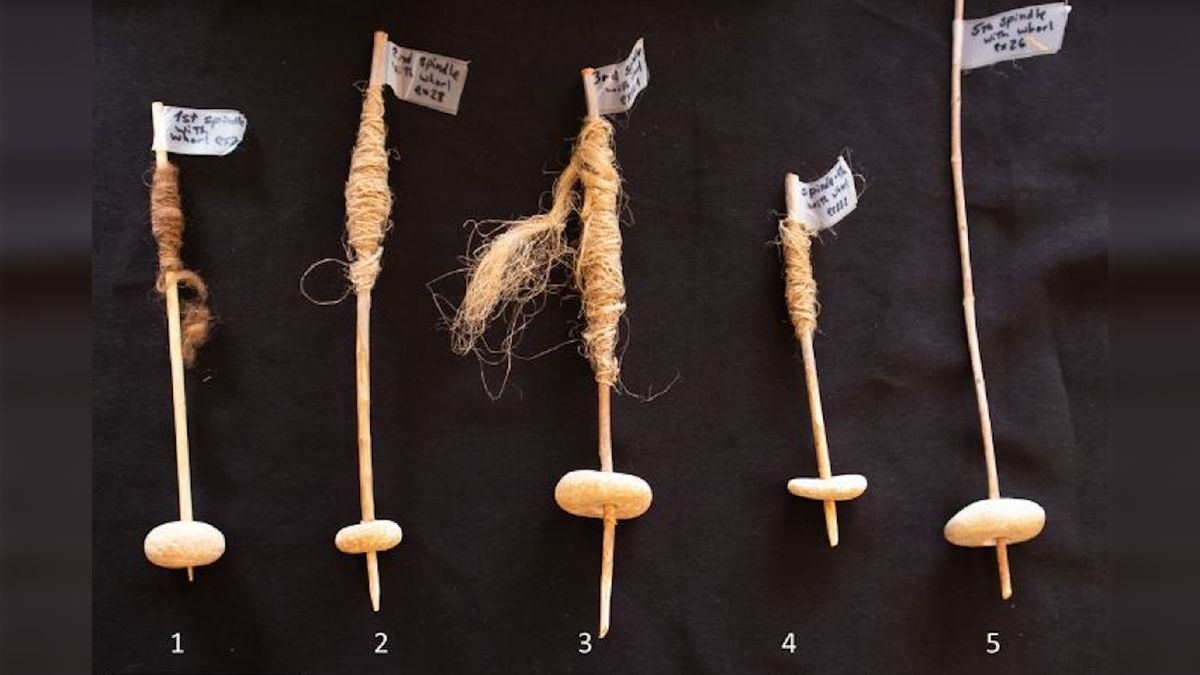A Dolphin That Has Been Biting People May Just Be Friendly
August 29, 2024
4 min read
A Dolphin That Has Been Biting People May Just Be Friendly
Dolphin ecologist Tadamichi Morisaka discusses common dolphin behaviors that could explain instances of the animals biting people in Japan
Male bottlenose dolphins can form lifelong partnerships with other males, and can spend hours chasing each other.
Gerard Soury/Getty Images
A spike in dolphin attacks has marred the tranquil beaches of Fukui Prefecture, Japan. As of 26 August, 18 people have been injured this year, taking the total number of casualties to 29 over the past 3 years, according to the Tsuruga Coast Guard Office. Injuries range from bites on the hand to broken bones.
Researchers think the culprit is a single male Indo-Pacific bottlenose dolphin (Tursiops aduncus), on the basis of fin markings captured in photographs and video footage. Nature spoke to Tadamichi Morisaka, a dolphin ecologist at Mie University in Tsu, Japan, about dolphin behaviour and ways to prevent further attacks.
Why might this dolphin be biting beachgoers?
On supporting science journalism
If you’re enjoying this article, consider supporting our award-winning journalism by subscribing. By purchasing a subscription you are helping to ensure the future of impactful stories about the discoveries and ideas shaping our world today.
Gentle biting is a behaviour that we see often among male bottlenose dolphins in the wild. They do this to maintain the relationship — in this dolphin’s mind, he might have already built a friendly relationship with humans.
We’ve seen that this dolphin randomly shows up at a beach, bites if there are people around, wanders off and repeats. To me, he’s seeking some kind of interaction with people. If he really wanted to attack, he could have come tackling at full force and chomped down. But he’s keeping the biting gentle for dolphin standards, so it’s probably a friendly gesture rather than a full-on attempt to attack.
How does this behaviour relate to the social structures of Indo-Pacific bottlenose dolphins?
Bottlenose dolphins typically live in pods. The males form lifelong partnerships with other males. Hanging out in pairs gives them better access to females, because two is stronger than one.
These pairs spend hours and hours being playful with each other. This includes behaviours like chasing each other and rubbing the other dolphin with their pectoral fins — which is thought to signal fondness — and even sexual behaviours, such as pressing their penises against each other.
Gentle biting is one of these pro-social behaviours. So the dolphin in Fukui is acting like he’s playing with a male pairmate, but with humans instead.
Is it unusual for dolphins to be alone?
That’s a mystery and an area that’s calling for further research. In the seas of Japan, we occasionally see individuals leaving the pod alone. But sometimes it’s females leaving, and sometimes they leave in groups of several individuals. The population closest to the beaches in Fukui is near Noto, Ishikawa Prefecture, but we’ve yet to identify whether the individual responsible for the attacks is from that population.
How might the attacks change in future?
We know that there are phases to human–dolphin interactions. It starts with humans and dolphins just sharing the same space. But as the interactions get deeper, the dolphins end up injuring humans. That’s where we are at in Fukui. If the interaction progresses to the next stage, dolphins can start asserting dominance through aggressive behaviours such as tackling or mounting people. We saw a bit of this last summer, so I was very concerned. They are about 2.5 metres long and weigh around 200 kilograms, so if they came charging at 20–30 kilometres per hour, it’d be like getting into a traffic accident. If they tackled us, it could break bones.
What has been done to prevent further attacks in Fukui?
Local authorities have placed underwater acoustic devices that play a variety of sounds at random. It’s not meant to elicit a specific response from dolphins, but probably sounds strange and annoying. But bottlenose dolphins could get used to this. They are a particularly curious species, so if they think there’s something intriguing enough, they’ll head to the beaches regardless of the sounds. In fact, we’ve seen the dolphin return to beaches that have these devices.
I want to develop an early-detection system that can detect the echolocation they’re using for navigation. An alarm will go off as soon as we know dolphins are approaching. Once we’re able to get people out of the water in time, I think the dolphin will realize that there’s nothing interesting at the beaches, and eventually go back to its original environment. But, most importantly, we need to raise better awareness about what wild dolphins are like.
What questions do you still have about dolphin behaviour?
Much of my work focuses on dolphin acoustic communication, but you find lots of weird things going on when you observe them. Part of my mission is to interpret those behaviours scientifically — we’ve found that they yawn just like us, for example, and have wet dreams.
These days, I’m curious about how they perceive the world. They ‘see’ using echolocation, but there’s a lot of unanswered questions about the role of their eyes. In dolphins, each eye moves independently, and they have two streaks in each of their eyeballs that give high visual acuity. Humans only have one point of high acuity. What, and how, could dolphins possibly be seeing with eyes like that? How is visual information integrated with echolocation and other auditory signals? Understanding their perception would help us to understand their society, because it forms the foundation of how they communicate — and that shapes their social structures.
This article is reproduced with permission and was first published on August 28, 2024.
Source link

